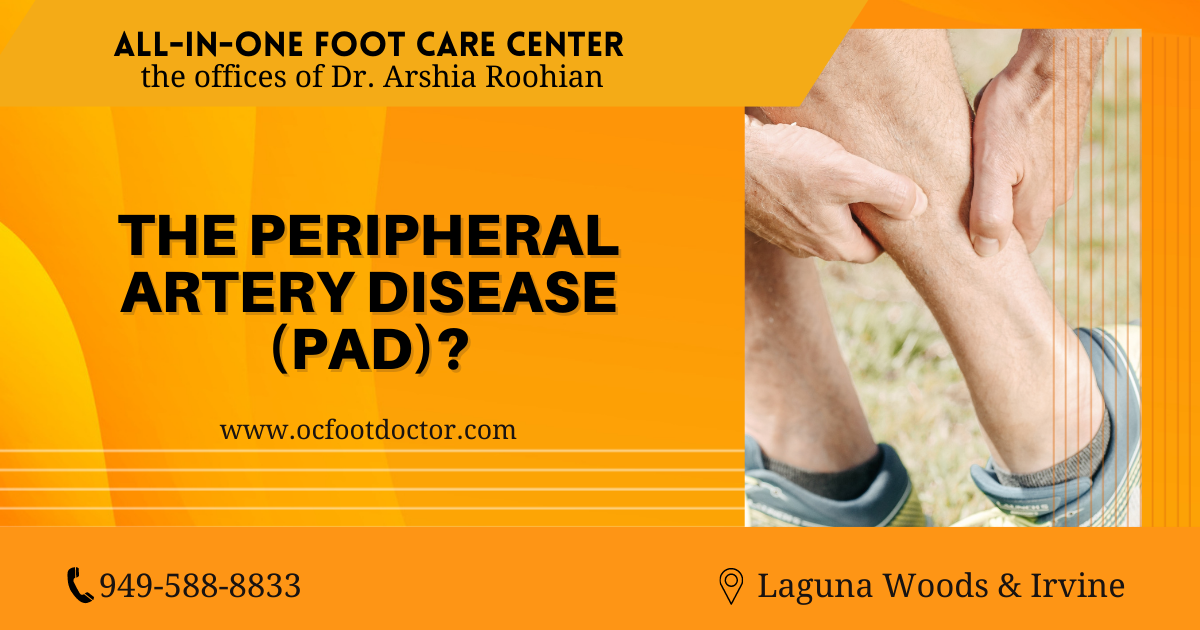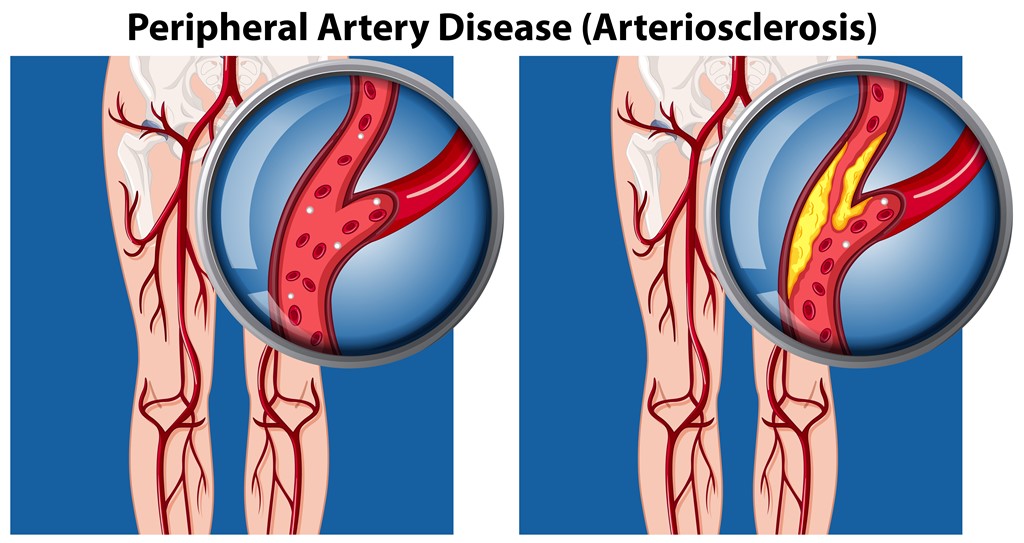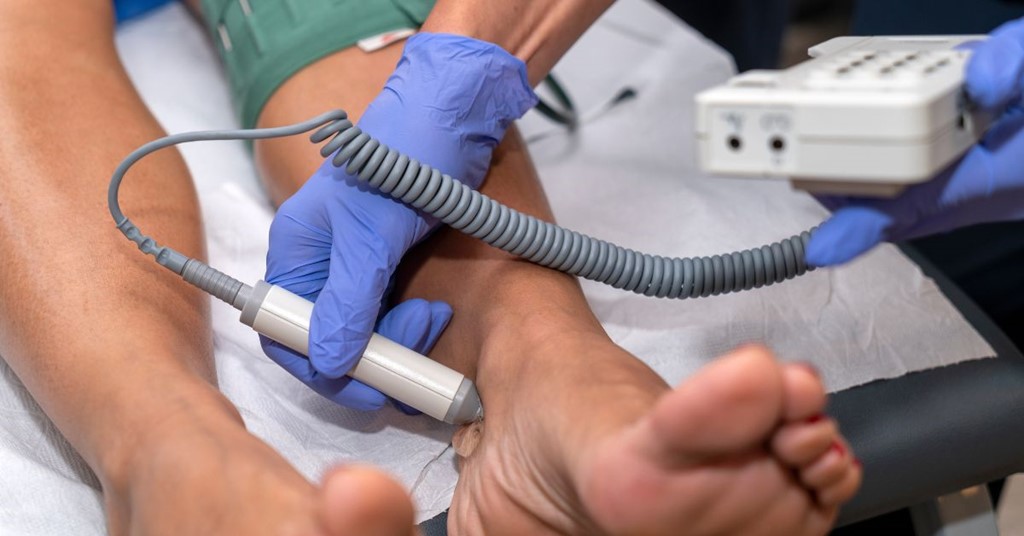The Peripheral Artery Disease (PAD)?

Often referred to as peripheral artery disease, peripheral artery disease is a narrowing or blockage of the arteries that supply blood to our arms and legs. Affected arteries are usually found in the legs. PAD affects nearly 8.5 million Americans today, and if left untreated, it can lead to avoidable amputations.
In September, we celebrate Peripheral Artery Disease Awareness Month. The minor-to-moderate leg pain it causes is often dismissed as part of growing old due to this cardiac condition. In order to prevent PAD, it's important to promote awareness of the disease and encourage screenings for adults over 60.

How does PAD develop and who is at risk?
Those arteries that deliver blood farther from the heart are affected by PAD when plaque builds up. Fatty deposits make up this plaque. These fatty deposits are caused by many factors, including high cholesterol, heart disease, diabetes, obesity, and smoking. An increased risk of PAD is associated with having a family member with artery disease. You can influence the health of your arteries through lifestyle choices such as diet and exercise.
PAD symptoms: what are they?
Patients with PAD commonly experience leg pain after exercise or activity, leg numbness, and foot numbness and tingling. It may also cause cold or bluish skin and shiny skin with loss of hair. Symptoms of PAD include foot ulcers or wounds that don't heal within four weeks.
What is the diagnosis and treatment of PAD?
If you have a non-healing wound or your doctor takes your pulse, she may suspect that you have PAD. Diagnostic tools such as the Ankle-Brachial Index (ABI) are commonly used. Before and immediately after moderately walking, your ankle blood pressure is compared to your arm blood pressure. A doctor may use ultrasound to identify blocked arteries in some cases.
It is important to make lifestyle changes such as quitting smoking, losing weight, exercising, and changing your diet to include foods low in saturated fats and high in fiber and healthy fats to treat PAD. Blood vessels can be dilated with the help of medication. A surgical invention such as angioplasty, stents, or bypass surgery may be necessary in more severe cases.

What is the effect of PAD on wound healing?
Due to a lack of oxygen-rich blood reaching injured tissue on the legs and feet of people with PAD, wounds on their legs and feet don't heal. Ten to thirty percent of all ulcers that form on lower limbs are caused by PAD. To promote healing and prevent infection and possible hospitalization, wound patients with PAD need proper care.
Healing chronic wounds are made easier with Healogics. With more than four million wounds healed over the past 20 years, we have helped millions of people around the world. For better patient outcomes, we partner with academic and research-based scientists for consultation and analysis.
Are you ready to schedule an appointment? All-in-One Foot Care Center, the offices of Dr. Arshia Roohian, is here to help! You can contact our office at 949-588-8833 , or visit our website at https://www.ocfootdoctor.com/ Our offices are located in Laguna Hills, Irvine, Mission Viejo, Aliso Viejo, Lake Forest, Foothill Ranch, and Costa Mesa.


